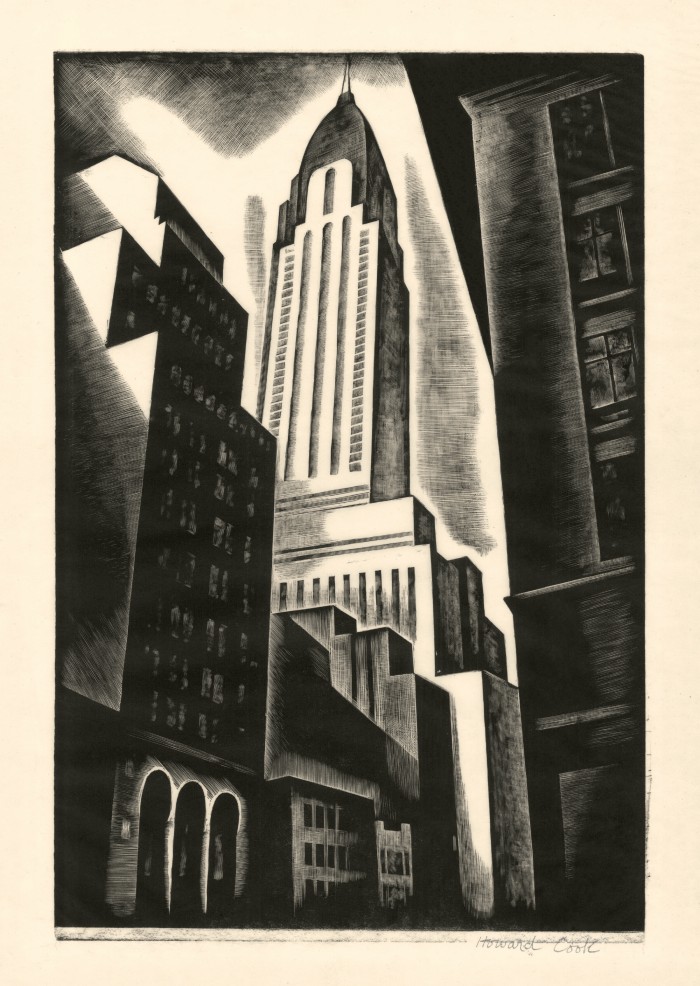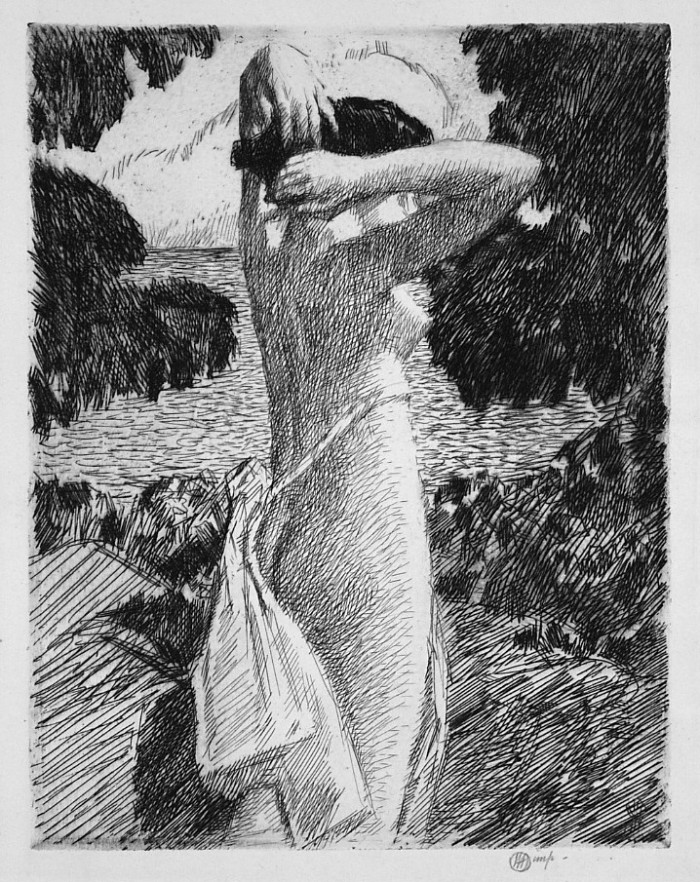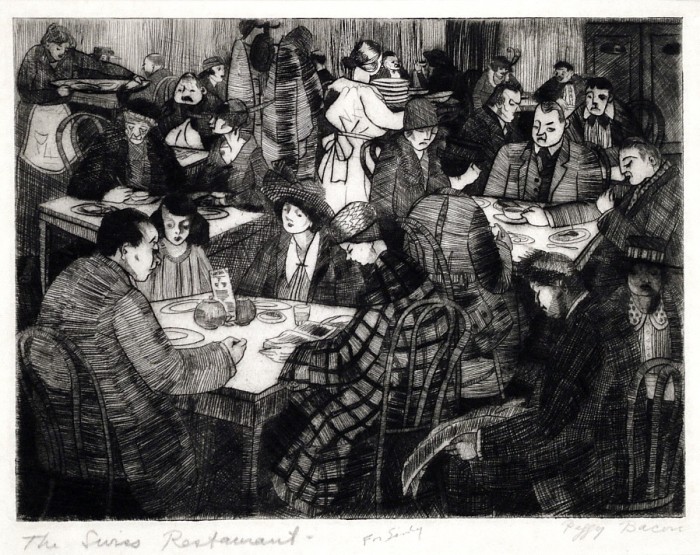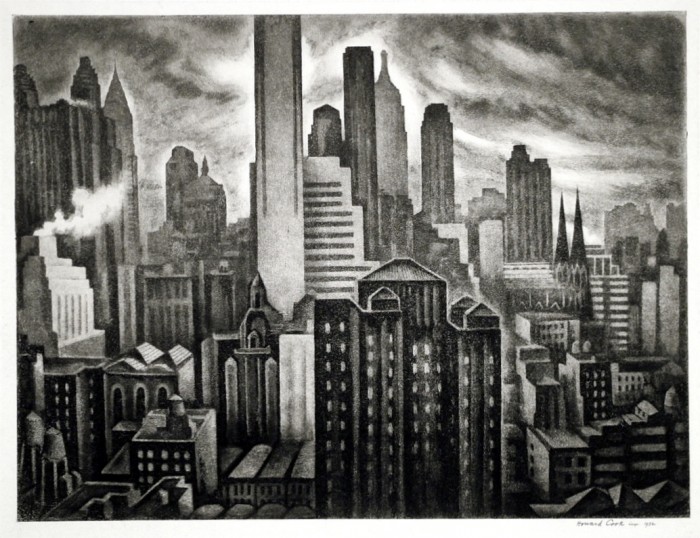George Bellows: A Collection (to be sold individually)
Monday, November 25th, 2013
We are pleased to offer an extraordinary group of George Bellows lithographs, from a private collection, representing all major areas of Bellows’s printed oeuvre, including iconic boxing images, examples of prints from the War Series, New York scenes, vignettes of American life, and portraits of the artist and his family and friends. A listing of these lithographs is shown below (some may not be available as this offering continues). These are being sold individually. Inquiries are welcome, via phone or e mail.
The Life Class, First Stone
Mother and Children (“June Again”)
Artists Judging Works of Art
Business Men’s Class (Business Men’s Class, Y.M.C.A.) Preliminaries (Preliminaries to the Big Bout)
The Life Class, Second Stone (The Model, Life Class)
Shower-bath
Dance in a Madhouse
Tennis (Tennis Tournament)
The Tournament (Tennis at Newport)
Sunday 1897 (Sunday, Going to Church)
In the Subway
The Hold Up, first state
Counted Out, Second Stone
Introductions
Introducing Georges Carpentier
The Black Hat (Emma in a Black Hat)
Married Couple
Billy Sunday
Between Rounds, Small, Second Stone
Business Men’s Bath
The Dead-Line (The Strikers)
Punchinello in the House of Death
The Irish Fair
The Return to Life
The Garden of Growth
The Crowd, second state
Farewell to Utopia
The Drunk, first stone
The Drunk, second stone
The Actress (Lady of 1860, The Actress)
Wedding
Dempsey and Firpo
Dempsey Through the Ropes
Anne in a Black Hat
Jean in a Black Hat, first state
Portrait of Mrs. Herb Roth
Drawing: Nude Study, Boy on a Raft





